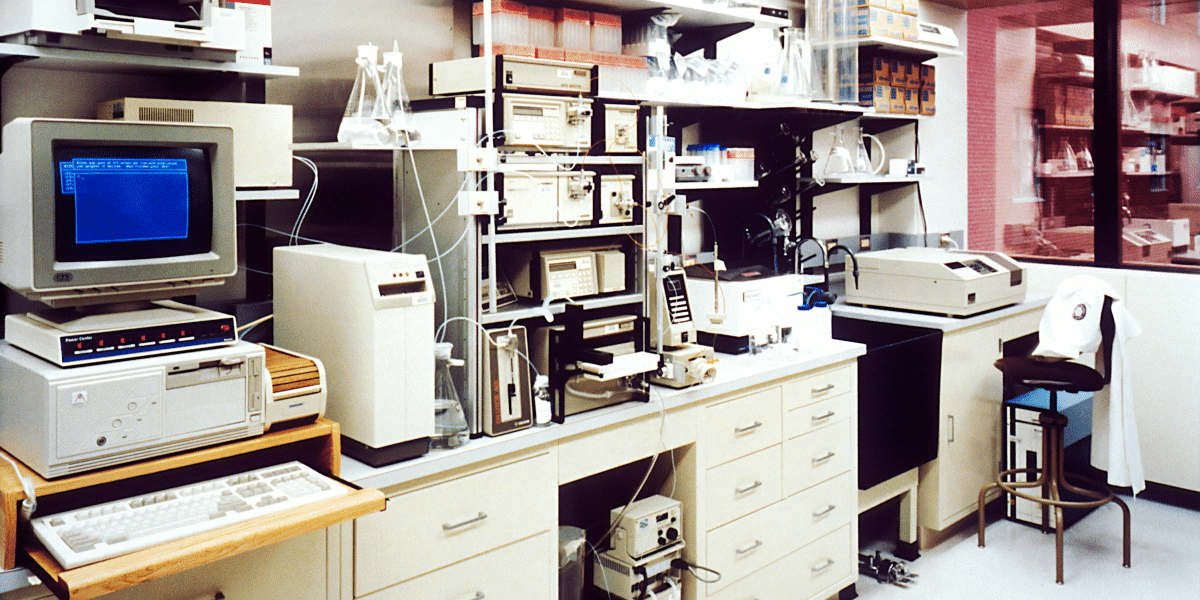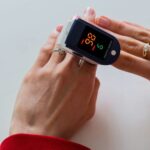Medical errors are among the top global causes of patient harm and death, and some estimates put this type of cause of almost one in ten patient deaths among avoidable mistakes. Such errors include incorrect diagnosis, delayed treatment, and medication mishaps, often caused by miscommunication or lack of immediate patient information access. In response, healthcare software developments have exploded with cutting-edge solutions to reduce human error, automate processes, and support clinical decisions.
This article describes how healthcare software development services help reduce medical errors and improve patient care.
The Prevalence and Impact of Medical Errors
Major medical error challenges remain in healthcare, significantly impacting patient safety and healthcare system costs. One study estimates that approximately 400,000 hospitalized patients annually suffer some type of preventable harm from errors in diagnosis, medication, and procedural mistakes. Yet another estimated 200,000 patient deaths annually are due to preventable medical errors – another reason for increased safety in healthcare.
Such errors harm patients and financially strain healthcare systems. Medical errors are expensive. Bad events cost the healthcare system about $20 billion annually. The situation is made worse by the extra costs of hospital-acquired infections, which could be between $35.7 billion and $45 billion yearly. These costs are related to longer hospital stays, higher medical care, and management of complications from errors.
With these figures, reducing medical errors is a pressing need. These issues need collective efforts, and the adoption of advanced healthcare software solutions may be the way to increase accuracy, streamline processes, and protect patients from preventable harm.
Key Areas Where Healthcare Software Helps in Error Reduction
Modern health IT software covers several domains that address various errors in the healthcare system:
Electronic Health Records (EHRs)
EHRs are electronic versions of patient histories that combine information from lab results, radiology reports, and past diagnoses. Not having to keep physical paper records reduces common transcription errors and prevents information misplacement or loss.
EHR systems also help departments share patient information so doctors, nurses, and specialists can get current data in real-time. This centralized data access reduces errors from incomplete or outdated data and enables healthcare providers to make informed and timely decisions about patient care. Also, EHRs improve documentation accuracy by automatically capturing and storing data to reduce human error and ensure consistent data retrieval across points of care.
Clinical Decision Support Systems (CDSS)
Clinical Decision Support Systems use medical algorithms and a patient’s historical data to provide healthcare providers real-time insight during diagnosis and treatment. CDSS might offer reminders/alerts and evidence-based recommendations that prompt providers to consider risks or alternative diagnoses in complex cases.
CDSS, for example, alerts a physician diagnosing a condition that requires contraindicated treatments, flags drug interactions, or suggests tests based on similar case data. With a database of medical knowledge and patient-specific factors, CDSS reduces diagnostic errors and makes decisions based on current research and best practices. This system reduces the cognitive load on providers and promotes standardization of care, resulting in better patient outcomes and fewer errors.
Medication Management Systems
These medication errors rank among the most common and preventable medical mistakes, often due to incorrect dosages, improper drug combinations, or missed allergies. Medication management Systems that automate prescription and administration solve these problems. These systems look for possible drug interactions, calculate doses based on patient metrics, and remind patients of timely administration.
For example, if a new medication is prescribed that interacts negatively with an existing medication, the system alerts the provider, who can then adjust the prescription. Medication Management Systems reduce adverse drug events for patient safety and treatment efficacy by providing the right drug at the right dose and time.
Telemedicine Platforms
Telemedicine platforms enable remote consultations, diagnoses, and treatment plans. Particularly useful for remote or underserved settings, telemedicine solutions allow healthcare professionals to immediately access patient data and make informed decisions without a visit in person. These empower clinicians to collaborate with specialists in other locations, reducing the risk of diagnostic and treatment errors.
So, a primary care provider in a rural clinic might consult with a specialist in real time about patient information and test results. With this collaborative, data-driven approach, clinicians can make better diagnoses and treatment plans and avoid errors caused by limited access to expertise or outdated patient information.
Patient Monitoring and Alerts
Real-time patient monitoring systems allow healthcare providers to continuously monitor vital signs and other health metrics for early detection of complications. Such systems use wearable devices and sensors that send data like heart rate, blood pressure, oxygen levels, etc., directly to healthcare providers. Anytime the system detects readings outside safe ranges, it alerts medical staff to check for possible problems before they get out of hand.
For instance, a wearable device monitoring a cardiac patient can spot unusual heart rhythms and alert caregivers. This prevents health crises and hospital readmissions since timely interventions can avoid emergency treatment. Their precise, real-time information, patient monitoring, and alert systems add safety so patients can receive care when needed.
Challenges in Implementing Healthcare Software
Implementing healthcare software has benefits and challenges. High initial costs, integration challenges, and specialized training may prevent adoption, especially in smaller practices. Data privacy and security are also of prime concern because health information is so sensitive. Yet developers and healthcare organizations work hard to overcome these hurdles with secure coding practices, user-friendly interfaces, and compliance with privacy regulations like HIPAA.
The Future of Healthcare Software in Error Reduction
Future healthcare software possibilities are even greater, with artificial intelligence (AI) and machine learning (ML) key technologies. AI-driven systems can process huge amounts of data to spot patterns and predict health issues before they develop. Machine learning algorithms, in particular, may learn from past data to improve diagnostics and treatment recommendations over time. With these technologies, further reductions in medical errors and improvements in patient care become possible.
Conclusion
Where every detail matters, healthcare software development services are improving operational efficiency and saving lives by reducing medical errors. Software – from EHRs and CDSS to advanced AI applications – creates a future where mistakes are preventable and patient safety is paramount. With continued investments and adoption of these technologies, we can achieve safer and more reliable healthcare with improved outcomes and increased patient trust.
Published by: Holy Minoza

















